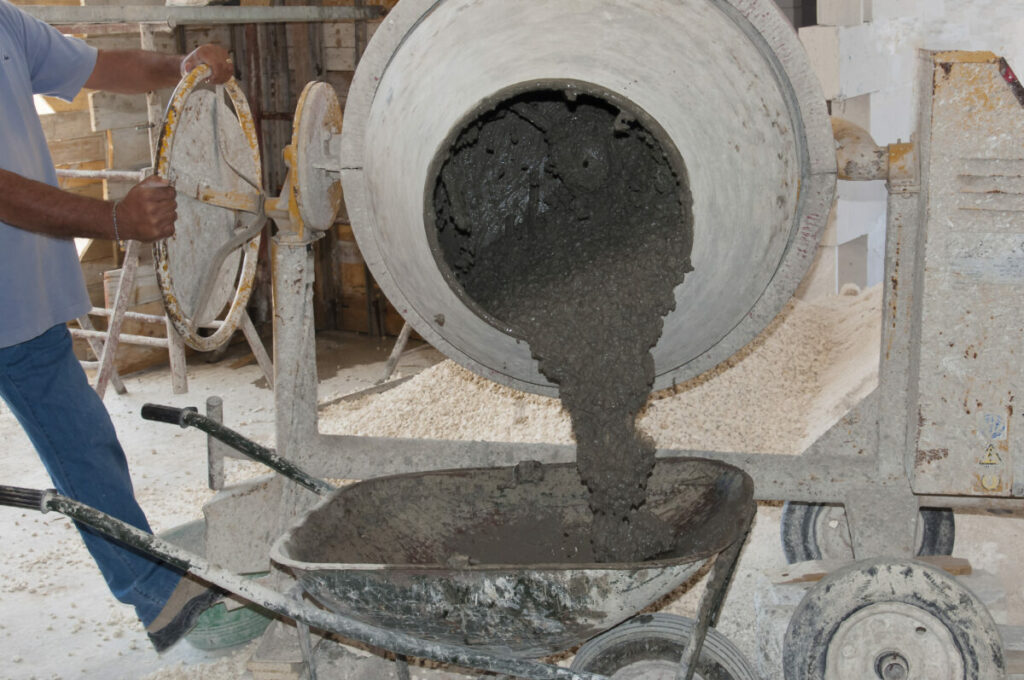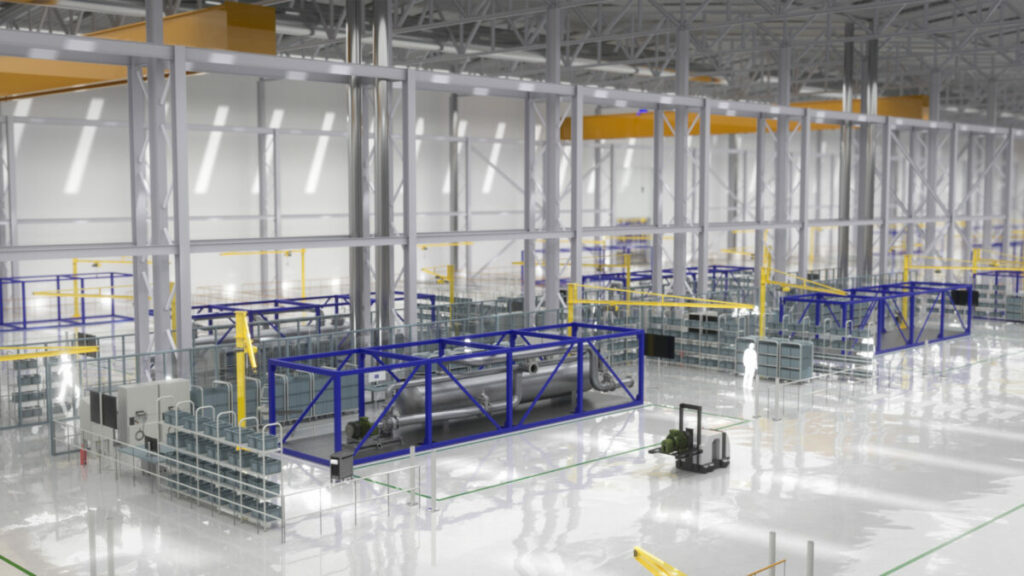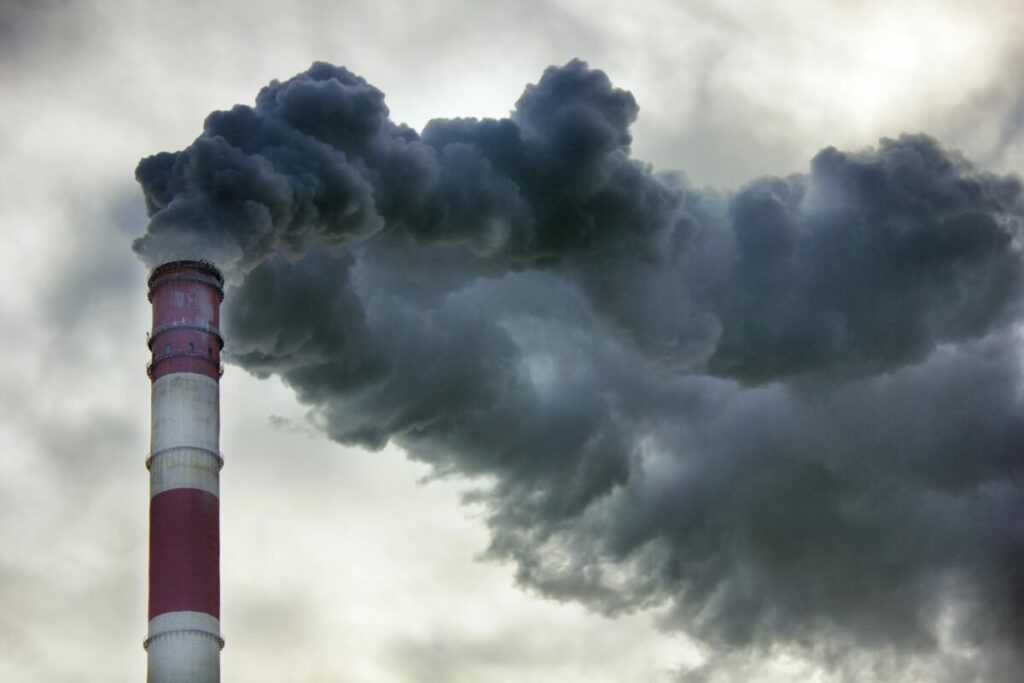Scientists at the University of Aberdeen will look into whether the use of substitute materials could be used to reduce carbon emissions from the process of cement production.
With funding from the EU’s Horizon Europe programme, the researchers will work with academics at other universities and institutions that are part of the DETOCS (Data Enabling Transformation and Optimisation Towards Concrete Sustainability Consortium).
They will explore how supplementary cementitious materials SCMs, which are used in conjunction with traditional portland cement, could significantly reduce the carbon emissions association with production.
They come in many forms including naturally occurring pozzolans, industrial byproducts like fly ashes, blast furnace slags and silica fume, but a big challenge is the ability to switch quickly and easily between different types of SCMs during the production process.
Subscribe to Sustainability Beat for free
Sign up here to get the latest sustainability news sent straight to your inbox everyday
“A key part of efforts to decarbonise cement is to maximise the use of SCMs and the ambition of this project is to develop advanced predictive modelling solutions to achieve this aim,” said University of Aberdeen School of Engineering lead for the project Dr Marcus Campbell.
“Our role will be developing thermodynamic models to capture the reaction chemistry occurring in the production and treatment of the SCMs, and the overall production process modelling.”
“The scale of the partnership underlines just how big a challenge this is, however this multidisciplinary approach is key to achieving the step-change required for the industry to achieve its sustainability ambitions”.
The process of turning limestone and clay into cement releases high levels of C02, in total concrete alone is said to be responsible for between 4 and 8% of all the world’s C02.
Meanwhile, the property sector as a whole, is responsible for around 40% of global carbon dioxide emissions.















